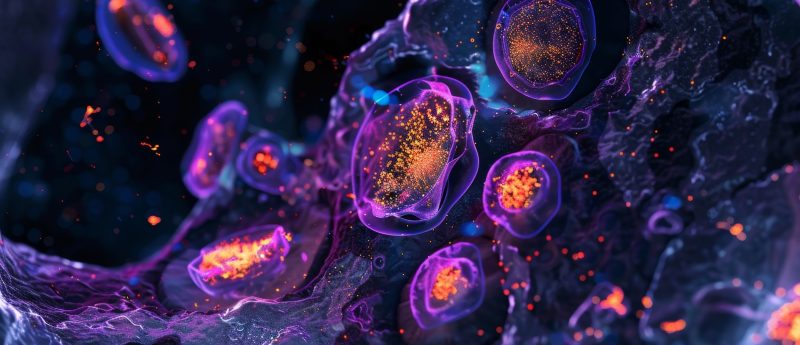Brain tumor progression and response to treatment tracked by new imaging biomarker

An MRI-based method able to track the state and progression of a common type of genetically-mutated brain cancer has been developed by researchers at University of Texas Southwestern Medical Center (Dallas, TX, USA).
The alpha hydroxyl acid termed 3-Hydroxyglutarate (2HG) demonstrated the capacity to be an excellent biomarker for tracking certain gliomas with isocitrate dehydrogenase (IDH) mutations by the study, in addition to highlighting when neurological risk from surgery is too high.
The concentration of 2HG was tracked using MR spectroscopy, which distinguishes the chemical makeup of normal vs. mutated brain tissue.
“We can measure 2HG concentration and follow it during the disease course – it’s stable over long periods of time when the tumor is stable, increases when the disease progresses, and is an excellent marker of tumor response because it falls in response to treatment that is working,”commented senior author Elizabeth Maher (University of Texas Southwestern Medical Center).
The research team have previously shown that 2HG can be detected in gliomas that carry IDH gene mutations with high sensitivity and specificity. The current study demonstrated that 2HG can be useful in the tracking of the disease.
“This is the first non-invasive biomarker for brain cancer and represents a major advance for the field. Our current imaging is not nearly as precise and takes a longer time to see results,” elaborated Maher. “Within a week of starting treatment, we know whether we ‘hit the target’. This new method will be a much more rapid way of assessing the therapy—allowing the physician to know to stop treatments that aren’t working or continue treatments that are.”
Utilizing 2HG as a biomarker is particularly valuable as it doesn’t involve drawing blood or taking a tissue biopsy. The method may also prove a useful tool in developing other imaging biomarkers for the brain and is being used to learn more about this most common type of brain cancer.
The diagnosis of tumors for which typical surgical procedures to obtain tissue samples cannot be carried out could also be aided by 2HG tracking.
“We established in this study that 2HG levels in these tumors can be used to make a ‘presumptive’ molecular diagnosis of an IDH mutation, based solely on imaging,” commented Changho Choi (University of Texas Southwestern Medical Center).
As a result of these findings, the patient’s physician will have a clear direction for treatment, including whether to recommend the patient for a clinical trial.
Sources: Choi C, Raisanen JM, Ganji SK et al. Prospective longitudinal analysis of 2-Hydroxyglutarate magnetic resonance spectroscopy identifies broad clinical utility for the management of patients with IDH-mutant Glioma. J. Clin. Oncol. doi: 10.1200/JCO.2016.67.1222 (2016) (Epub ahead of print);
http://www.utsouthwestern.edu/newsroom/news-releases/year-2016/oct/biomarker-tracks-tumor.html





